|
With the onset of global warming, weather patterns have become erratic. According to Time magazine, July of 2019 was one of the hottest on record across the globe. Here in the Bay Area, our past winter rainy season was wet and long, but it still did not pull our region completely out of the long drought we’ve experienced over the last decade. As a result, our annual fire season is becoming more extreme each year. In spite of the rainfall we received last winter, in general the entire West Coast is experiencing longer, warmer dry seasons, with significantly less precipitation during the rainy season. While we need to be concerned about drought, we should also be concerned about heat, and about the drying out of the landscape. Low winter rainfall and high summer temperatures combine to lower the groundwater table and create dry conditions in the soil. Once soils become dry, they not only cannot provide water for plants, but they also cannot provide nutrients because microbial activity, which is what feeds the plants, is also dying or dead. Water is essential to build life and fertility in the soil. During these years of drought, one of the primary targets of water use reduction efforts has been for our local municipalities to advocate for reducing or eliminating garden watering. Homeowners are being asked to conserve water by letting their lawns die out; “Brown is the New Green” has become a catchy but simplistic slogan used by said municipalities. But green is the color of nature. The Movement of Water Green, growing things play a critical role in supporting the earth’s water cycle. Reducing water use by allowing our gardens to brown and dry out will only escalate our drought and escalating fire problems. Transpiration, the release of water through plant leaves, stems, and flowers into the atmosphere, is crucial to the health of the planet. During transpiration, moisture condenses and contributes to the formation of clouds, which carry precipitation. Rain falls from the sky to the earth and this moisture keeps soils healthy and capable of supporting plant life. The water cycle needs to be able to repeat itself in order to keep our planet green and therefore cooler. Without adequate plant cover, transpiration is reduced, in effect robbing the water cycle of potential moisture and leading to less rain. Less rain means less access to naturally clean water. In the absence of a thriving layer of plants, any water captured in the soil moves further down into the ground, where it may be stored for thousands of years but won’t be available to the plants and other living things above. Not watering our gardens results in the loss of green plants. This reduction in lush green plant life contributes to the warming and drying of the planet. We can see the effect of this loss at a large scale in our forests in California, where long years of drought have contributed to deadly firestorms that feed on the build-up of dry plant matter and dying trees that go up like matches when a PG&E power line sparks. The water cycle is an amazing recycling system. Water is cleaned and purified when it passes through plant roots and soil. Encouraging the natural water cycle in our gardens offers us a far more effective response to drought conditions than simply reducing water use and letting our lawns dry up. Encouraging the Water Cycle in the Garden With this in mind, responsible gardeners should look to nature as a guide when designing, building and maintaining landscapes and managing water. Growing and watering green plants in our gardens—especially in urban areas—helps to cool the environment and prevent our suburbs and cities from becoming “heat sinks” that only make the problem worse. Harvesting rainwater and installing greywater (sometimes spelled graywater) systems are two excellent ways to keep our gardens green without using additional potable water. Directing water into swales or habitat depressions, using permeable surfaces, and collecting rain from rooftops are a few of the methods used to keep rainwater on site and make it available for plants. Contouring the land to capture water as well as switching from non-permeable surfaces, such as concrete, to surfaces like decorative gravel and soft-set stone pavers that absorb water, also help to accomplish this goal. Greywater is water that has been used in your home for bathing or washing. Greywater is considered safe to use in the garden as long as it is handled properly. Rerouting water from washing machines, bathroom sinks, and showers into the landscape instead of the city sewer is good for the garden and lessens the load on the municipal system. There are several innovative ways to capture and use greywater. Washing machine water is the most accessible, and routing it to your garden is a simple DIY project that most homeowners can do. Online resources and irrigation vendors, such as The Urban Farmer in the Bay Area, provide information and instructions. Many public utilities have developed rainwater and greywater harvesting guidelines for consumers. San Francisco’s water and sewer utility has published a comprehensive instruction manual that will guide you through the process of building a greywater system of your own; you’ll find a link to these and more in the resources at the end of this post. There are many ways of designing a greywater system for your garden, and they vary in complexity. Applying water from your washing machine directly at the base of well-mulched fruit trees is the simplest way to do it. A more complex action is to filter greywater through a constructed wetland where soil and plant roots clean the water like they would in nature. At Mariposa, we call this a Living Fountain. After plant roots and soil have cleaned the water, it’s routed into a drip irrigation system in your garden. The living fountain has the additional benefit of “bio-invigorating” water by removing soap, salts, and other chemicals and adding beneficial microbes that improve the health of your soil. Water from a Living Fountain builds life both above and below the soil, causing plants to become healthier and more resistant to pests, disease, and drought. Living fountains increase the overall health of your garden by supporting a diverse plant palette in the garden, including those that thrive in wet conditions. In turn, plant diversity attracts a more varied array of beneficial insects and contributes to the development of a garden ecosystem that helps control pests and diseases. These are just a few of the ways to rethink the way we source and use water in our gardens. As our climate continues to warm, I encourage all gardeners to learn more and to start using water recycling practices in the garden. Yes, it’s time to reduce how much water we use - but it will never be time to contribute to the drying out of our planet. Let’s not throw the baby out with the bathwater, so to speak. We hope it never happens to anyone, but as the danger of deadly wildfires increases, a healthy garden with green, well-watered plants provides a buffer zone helping slow or even stop fires from reaching your home. And by finding a way to collect and recycle water, we’re on the path to balancing the water cycle, one garden at a time.
If you want to learn more or start implementing some of these practices in your own garden, there are many non-profit agencies and for-profit businesses that are ready to help you, including Mariposa. As a bonus, many bay area county water districts offer incentives and rebates for implementing greywater systems in your garden. Resources: Mariposa Gardening & Design Cooperative, Inc. is an award-winning design-build landscaping company with a strong commitment to creating beautiful, ecologically minded gardens. Founder Andrea Hurd and her team promote water conservation with their innovative approach to replicating natural systems. The Urban Farmer Store has locations in San Francisco, Mill Valley, and Richmond Annex. Check out their online library of resources, including information on greywater and rainwater harvesting. Greywater Action is a collaborative of educators who teach residents and tradespeople about affordable and simple household water systems that dramatically reduce water use and foster sustainable cultures of water. On a policy level, they work with water districts to develop codes and incentives for greywater, rainwater harvesting, and composting toilets. EBMUD offers its East Bay customers information and support for being “watersmart” in the garden, including how to replace your lawn with plants that thrive in our climate, rainwater harvesting, firescaping, and more. Valley Water in Santa Clara County offers a wealth of greywater resources including how-to videos, resources on finding equipment and installers, maintenance tips, soap and plant health, workshops, and more. Access the Graywater Design Manual and other valuable information from San Francisco Water Power Sewer at www.sfwater.org, search: Graywater. Related post Secret Sources of Free Water Republished with permission as first published by Pacific Horticulture, Green Is The Color Of Nature (https://pacifichorticulture.org/articles/green-is-the-color-of-nature/)
3 Comments
|
Categories
All
AuthorAndrea Hurd, founder of Mariposa Gardening & Design. Archives
June 2024
|
|
License #1038752
|
Mariposa Gardening & Design
Address: 2323 Broadway Oakland, CA 94612 Mailing Address: PO Box 24072 Oakland, CA 94623 [email protected] |

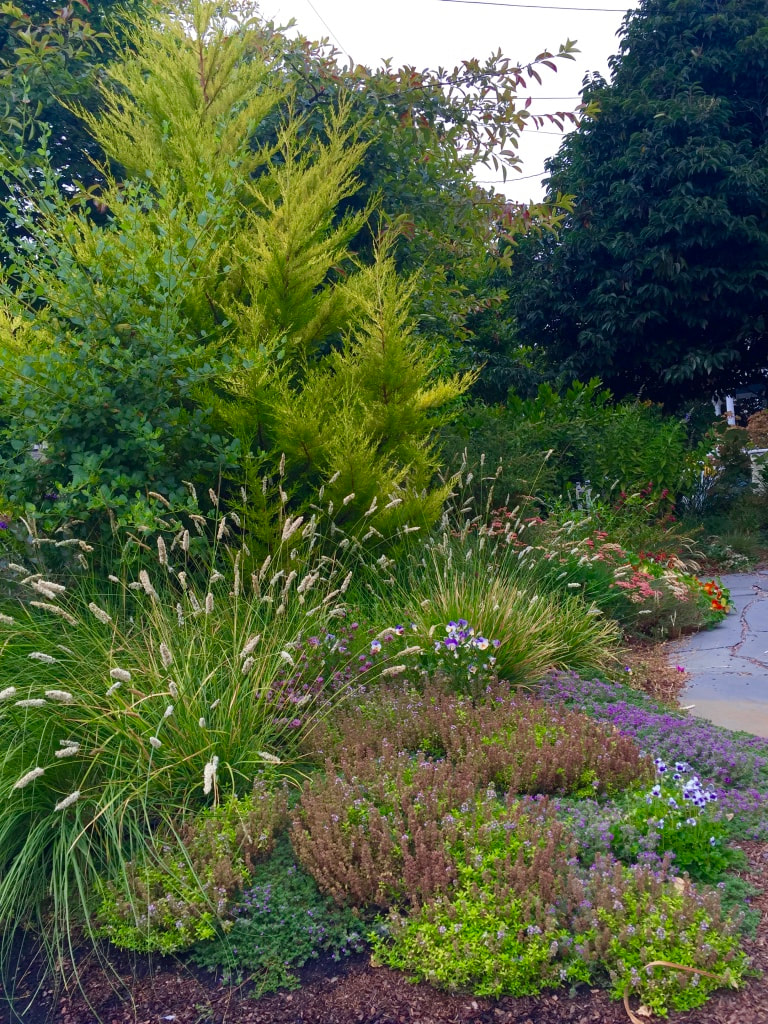
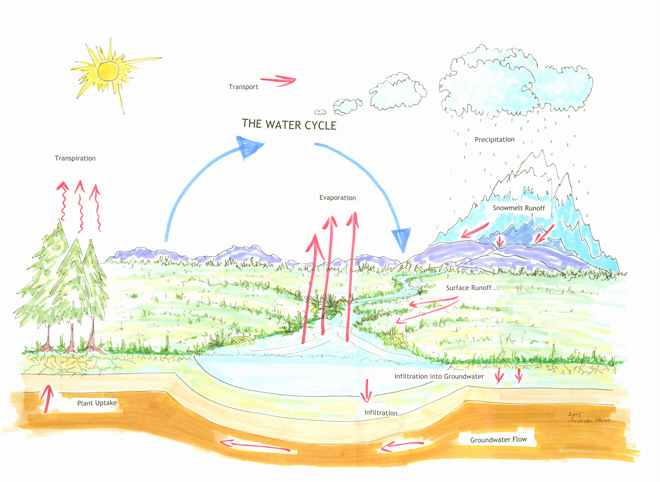
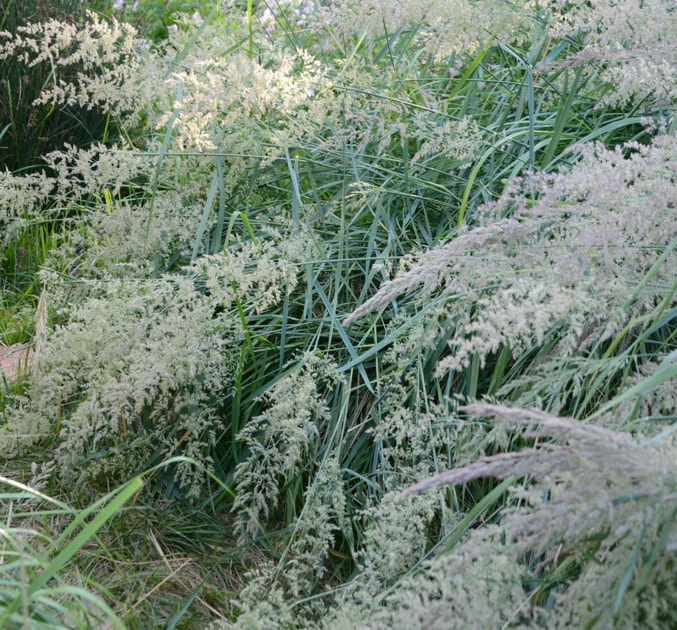
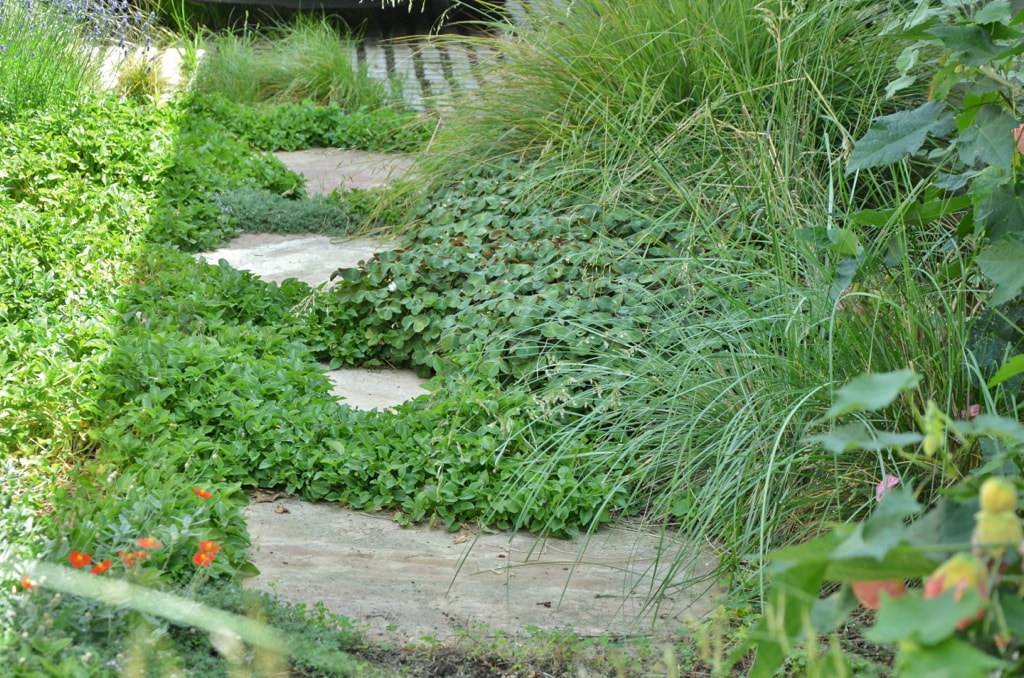
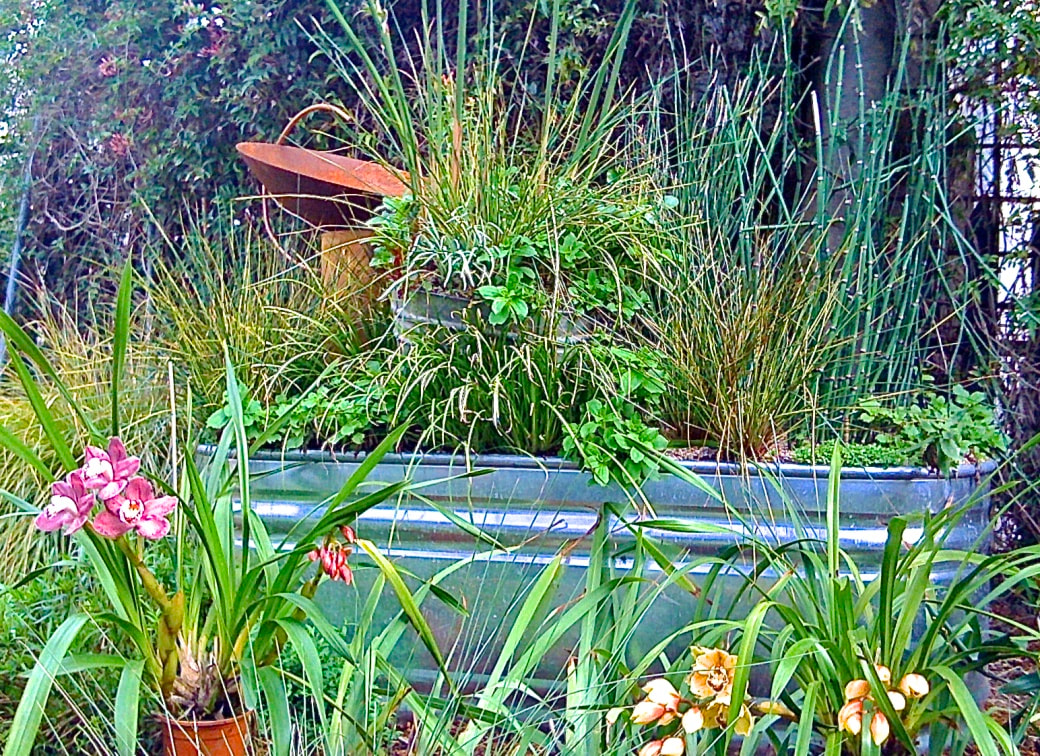
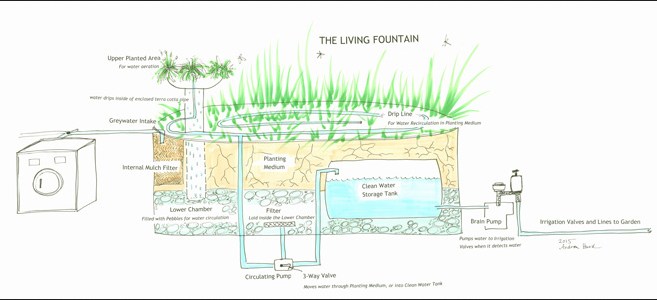
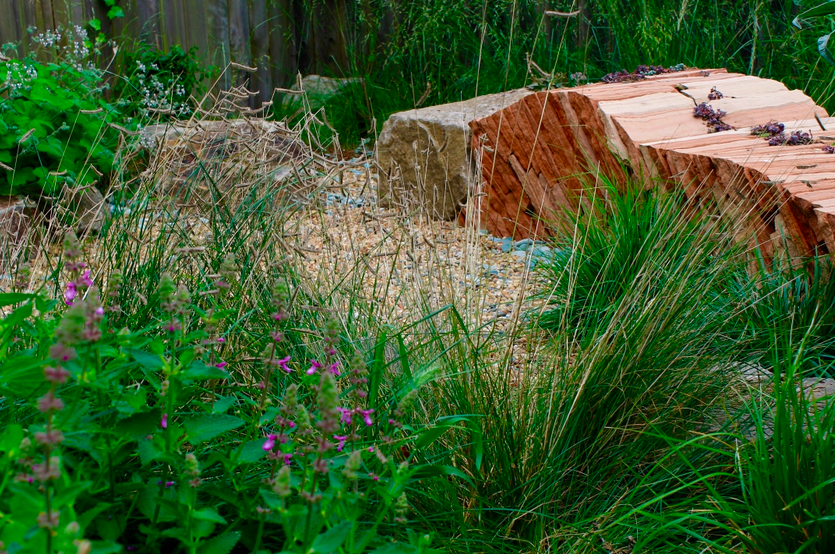
 RSS Feed
RSS Feed